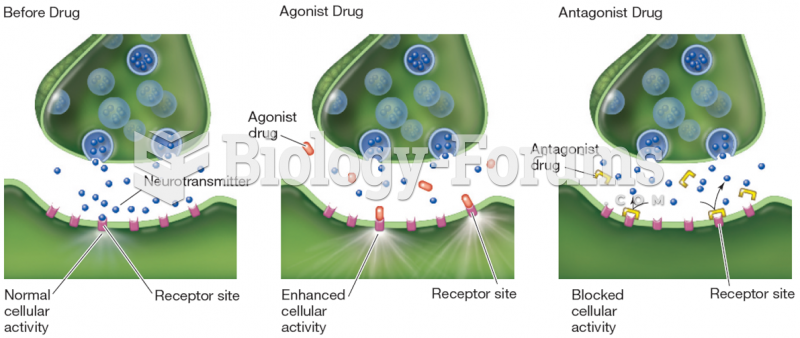Answer to Question 1
A recent study published in Health Affairs found the electronic health record (EHR) and e-prescribing improved health care by decreasing errors caused by illegible handwriting and improved preventive medicine by generating reminders. Another study, completed in 2006, found that alerts led to a 22 relative decrease in prescribing of non-preferred medications.
Even with all the positive reports on the effects of information technology in health care, there are many dissenting voices. In 2005, research published in The Journal of the American Medical Association and reported in The New York Times warned of some unintended and negative consequences. Although decreasing some medication errors, computerized order entry systems can introduce other kinds of errors. Among the causes cited are information on patients' medications was scattered in different places in the computer system. To find a single patient's medications, the researchers found, a doctor might have to browse through up to 20 screens of information. Computer crashes can also cause errors. Another study published in The Journal of the Americam Medical Association examined 100 decision-support systems. It found most of the glowing assessments of those clinical decision support systems came from technologists who often had a hand in designing the systems.
In 2011, the Institute of Medicine (IOM) announced that it would conduct a 1-year study to ensure that health information technology (HIT) will achieve its full potential for improving patient safety It would focus on preventing errors caused by HIT and reporting of HIT-related patient safety issues. A recent (2011) review of studies of HIT done by the Office of the National Coordinator of Health Information Technology (ONCHIT) looked at 154 articles published between July 2007 and February 2010 . It found positive results in 96 articles (62 percent), mixed results in 46 articles (30 percent), and negative or partly negative results in 10 articles (6 percent). Among the issues examined by the articles were electronic health records, computerized provider order entry, and clinical decision-support systems. Among the findings were that patient mortality and nurse staffing levels decreased by as much as 48 percent and 25 percent in the 3 years after New York City started using EHRs in three dialysis centers. A clinical decision-support system decreased unnecessary transfusions but did not affect either length of stay or mortality. In a study of 41 Texas hospitals using HIT, it was found that hospitals with more advanced HIT had fewer complications, lower mortality, and lower costs than hospitals with less advanced HIT. Some of the negative outcomes included the finding that at one hospital, e-prescribing took longer. Another study found that interaction between health care providers and patients was inhibited by using electronic records. Many of the negative findings had to do with the implantation of HIT. However, a study of private practices, published in January 2011 in the Archives of Internal Medicine, found that the adoption of EHRs had little effect on outcomes. The only indicator on which practices that used EHRs did significantly better was diet counseling. The study also found no difference in outcomes between practices using advanced function EHRs and those using simpler systems. Physicians using clinical decision systems (CDS) did significantly better only in terms of avoiding unnecessary electrocardiographs . It should be noted that this study has been criticized for the quality of the survey data it used.
Answer to Question 2
Decision support







